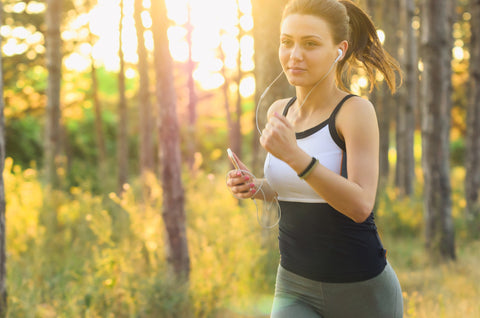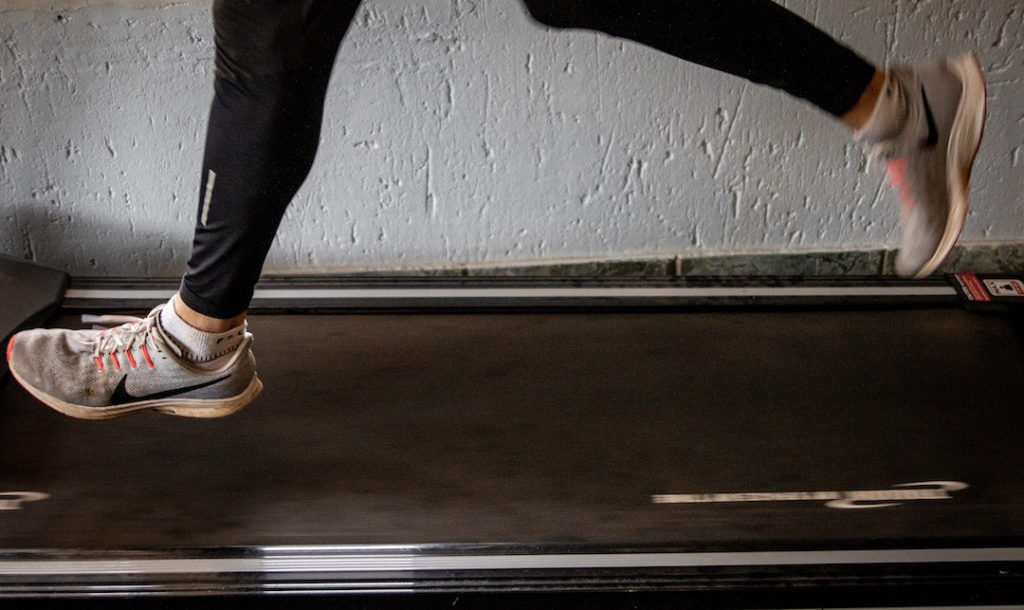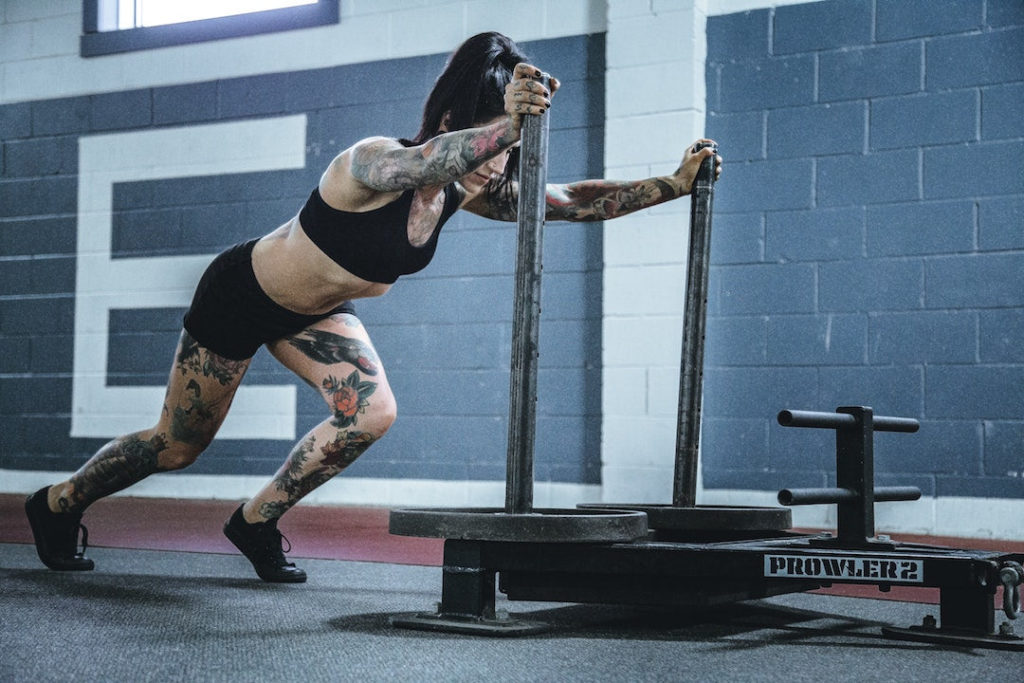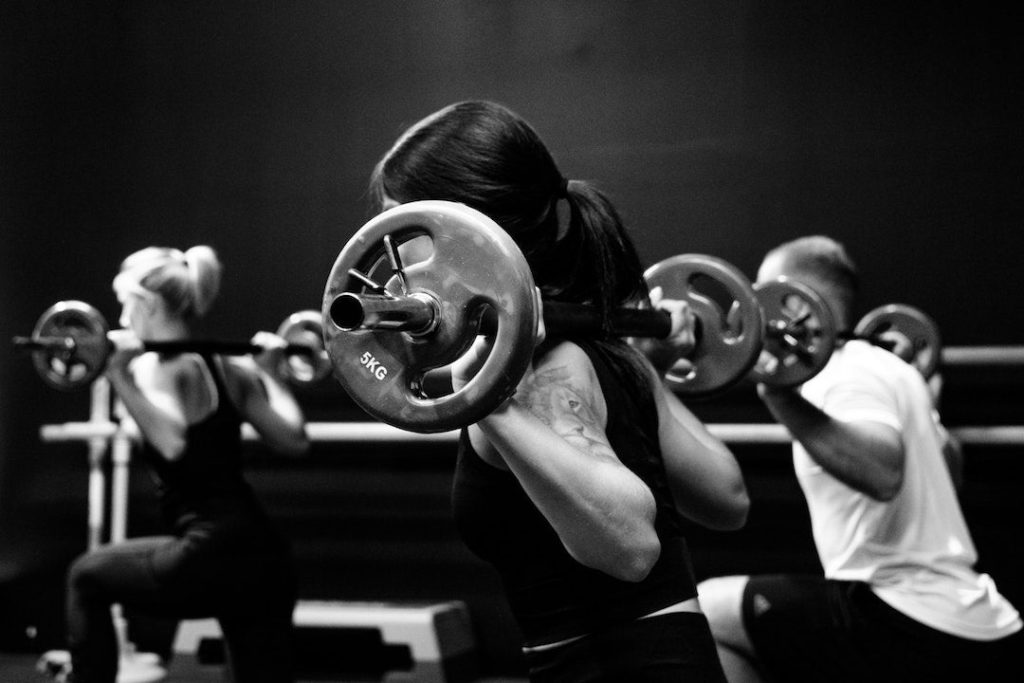The pandemic undoubtedly transformed the way we all live and left no aspect of our society untouched. Over the course of one month back in 2020, everything from our social lives to our exercise routines and even just being able to interact with our family became a very different experience almost overnight.
For those whose daily lives involved an hour in the gym before work or a weekend yoga class, this routine exercise and social activity stopped suddenly and what followed was a remarkable and inspiring adaptation in the fitness industry which would not have attracted the attention, investment and determination had there not been a wider pandemic prompting the stay at home order.
As we appear to be leaving the pandemic behind us with a, so far, successful vaccine rollout, we look affectionately back at what training and exercise was in 2019 but notably won’t be going back to what now feels like a different world. We have learned, adapted and taken on board the experiences of the lockdowns and everything from resistance training to nutrition has come out on the other side surrounded with new perspectives.
What does the new post-pandemic normal look like for the fitness industry?
1. Running During the Daytime

Not just running in the daytime, but rather a work/life/exercise balance that isn’t simply an hour in the gym before or after an eight hour day. The relationship many people have with their employer has changed significantly such that working from home and outside the traditional 9 to 5 model is now quite ‘normal’ and hearing on a Zoom call that a colleague has just popped out for a 30-minute jog or HIIT session around lunchtime raises few eyebrows these days.
Entertaining a weekday daytime workout certainly wasn’t as easy before whilst tethered to an office that typically wouldn’t have shower facilities and the expectation that one would remain in the workplace even during break times.
The idea of the commute has changed too. Being sat for over an hour in each direction driving to work , being sat in the drivers’ seat complemented by a full day perched at a desk could only be described as a sedentary lifestyle, which would not be considered anything near good for one’s physical and mental wellbeing.
2. Home Gym Environments
Home gyms are certainly a luxury for most of us but we’ve come to learn that a weights stack or several kettlebells close to the open floor space of the lounge is perfectly workable as a makeshift home gym that may have felt a little unsightly before the pandemic.
Many people who once-upon-a-time paid a monthly gym membership have been surprised to have discovered through necessity that the training equipment you need can be purchased and used without hindrance at home regardless of whether a dedicated space is available or not. Perhaps the social aspect of gym life has changed, but with every other change in our lives, our social lives are now almost unrecognisable regardless.
3. Greater Awareness of Nutrition

As restaurants closed their doors in March 2020, several weeks passed before those who could adapt started serving takeaway variations of their menus and this meant us having to take a much closer look at our diet and nutrition. For a lot of us, coming out of lockdown with impeccable chopping skills and an appreciation for spices and seasonings is something that will stay with us for life.
We know that nutrition is at the centre of achieving our fitness goals and “you can’t out-train a bad diet” was something uttered repeatedly by fitness YouTubers and personal trainers alike, which makes sense for most of us.
Now, after this time where our chopping boards have had as much unexpected attention as our pets over the course of the pandemic, being aware of macronutrients and understanding how many grams of protein are in our favourite dishes (and how we can adjust it) has given us a new appreciation for food and its effect on our progress.
4. Virtual Workouts
Video calls have taken on a new life over the pandemic and language such as “…I’m on a Zoom…” has become as commonplace as “…can you Google that please…”.
Virtual workouts have created the opportunity for fitness trainers to offer classes to a greater number of people and in some cases this has brought the cost down to a more accessible level. This is wonderful news for many who wouldn’t have been attracted to this type of guided exercise before and is certainly good for the exercise and fitness industry which will gain new ambassadors in their clients. With a small investment in some home gym equipment such as a simple aerobic stepper getting involved is straightforward and ideal for weight loss and wider fitness targets.
5. Mental Wellbeing No Longer Taking a Back Seat

Mental health has recently been highlighted as a particular concern for the NHS as evidence emerges suggesting the lockdowns have, unsurprisingly, taken its toll on our collective wellbeing.
This certainly hasn’t been detached from the fitness industry where the benefits of physical exercise having significant influence over wellbeing is firmly in the pros column when considering any new fitness-based commitment.
Many things dropped off a cliff as lockdown was first announced but one thing that could carry on was physical exercise and was indeed mentioned and legislated for specifically in the stay at home orders. This became one of our key tools for nurturing our wellbeing and is set to continue as we have developed new fitness habits, attitudes and perspectives that now put our wellbeing, both physical and mental, on a par with, and in some cases, above our careers.
In the years following World War 1, it was said that war teaches us what’s really important in the world and is a way of ending stagnation. The same can be said of a pandemic and this is certainly holding true now in what we can see in our behaviours.












